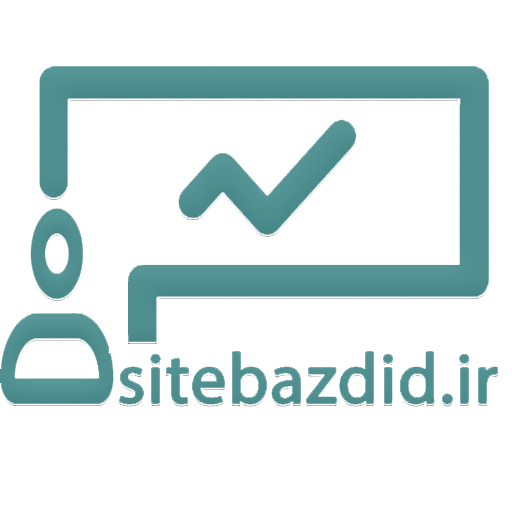ALT TEXT FOR IMAGES: A COMPLETE AND COMPREHENSIVE EXPLANATION
In today’s digital age, where visual content dominates websites, social media, and digital marketing, understanding the importance of alt text for images becomes essential. Alt text, or alternative text, serves as a textual alternative to images on the internet, ensuring accessibility, enhancing SEO, and improving overall user experience. Its relevance extends beyond simple description; it embodies inclusivity, technical optimization, and strategic content management.
WHAT IS ALT TEXT AND WHY IS IT IMPORTANT?
Alt text refers to the descriptive text embedded within an image’s HTML code, designed to provide context or information about the image when it cannot be displayed. For example, if an image fails to load due to a poor internet connection or technical issues, alt text appears in its place, giving users an idea of what the image represents.
But the importance of alt text stretches far beyond this basic function. It plays a critical role in making the web accessible to individuals with visual impairments or those relying on screen readers. These devices read aloud the alt text, allowing users to understand the content and purpose of images, which might otherwise be inaccessible. Additionally, search engines utilize alt text to interpret images, enhancing search engine optimization (SEO) and increasing web visibility.
THE ELEMENTS OF EFFECTIVE ALT TEXT
Crafting effective alt text demands a delicate balance. It must be detailed enough to convey the image’s meaning without being overly verbose. Typically, a good alt description includes the main subject, context, and any essential details, all within a concise phrase or sentence.
For example, instead of writing "image," it’s better to specify, "A young woman in a red dress holding a bouquet of roses." This description provides clarity and context, enriching user experience and SEO.
It’s also vital to avoid keyword stuffing or overly generic descriptions like "picture" or "photo." Instead, focus on the content’s relevance and clarity. Moreover, alt text should avoid redundancy—if the image is purely decorative, it’s best to leave the alt attribute empty (alt="") to prevent cluttering screen readers with unnecessary information.
DIFFERENCE BETWEEN ALT TEXT AND IMAGE TITLE
Many people confuse alt text with the image title attribute. While both are used within the HTML code, they serve different purposes. The alt attribute is primarily for accessibility and SEO, whereas the title provides additional information that appears as a tooltip when users hover over the image. Alt text should always be descriptive, whereas the title can be optional and more supplementary.
ACCESSIBILITY AND LEGAL RESPONSIBILITIES
Inclusion of descriptive alt text is a fundamental aspect of web accessibility standards, such as the Web Content Accessibility Guidelines (WCAG). Many countries have legal requirements ensuring digital content is accessible to all users, including those with disabilities. Failure to comply can lead to legal repercussions, fines, and damage to reputation.
Providing meaningful alt text demonstrates a commitment to inclusivity, ensuring that visually impaired users can navigate and understand digital content seamlessly. It also benefits users with slow internet connections or those using text-only browsers by providing essential context.
SEO AND ALT TEXT: A STRATEGIC TOOL
Search engines like Google rely heavily on alt text to interpret images, influencing search rankings and visibility. Properly optimized images with descriptive alt text can improve a website’s ranking in image search results, drive more organic traffic, and enhance overall SEO performance.
Furthermore, integrating relevant keywords naturally within alt descriptions can boost SEO, but only if done thoughtfully. Excessive keyword stuffing, however, can be penalized and diminish the content’s quality.
BEST PRACTICES FOR WRITING ALT TEXT
To maximize the benefits of alt text, follow these best practices:
– Be specific and descriptive, clearly conveying the image’s purpose.
– Keep it concise; aim for 125 characters or fewer for optimal compatibility.
– Avoid keyword stuffing; prioritize natural language.
– Use contextually relevant descriptions aligned with the surrounding content.
– For decorative images, use empty alt attribute (alt="") to skip unnecessary narration.
– Regularly review and update alt text to reflect any changes or improvements.
COMMON MISTAKES AND HOW TO AVOID THEM
Many web developers and content creators fall into common pitfalls when writing alt text:
– Leaving alt attributes empty for meaningful images.
– Using generic descriptions like "image" or "photo" instead of specific details.
– Overloading alt text with keywords.
– Failing to update alt text when images change.
– Ignoring decorative images and not marking them appropriately.
Avoid these mistakes by understanding the purpose of alt text and adhering to best practices.
TOOLS AND RESOURCES FOR OPTIMIZING ALT TEXT
Various tools can assist in creating and managing alt text:
– Accessibility evaluation tools like WAVE or Axe scan web pages for missing or inadequate alt text.
– Image optimization plugins for content management systems (CMS) like WordPress.
– SEO plugins that suggest improvements for alt attributes.
– Manual review and editing to ensure descriptions are accurate and meaningful.
CONCLUSION
Alt text is more than a technical requirement; it embodies the principles of accessibility, inclusivity, and strategic content optimization. Properly crafted alt descriptions ensure that all users, regardless of disabilities or technological limitations, can access and understand visual content. Meanwhile, it bolsters SEO efforts by providing search engines with meaningful context. As digital content continues to evolve, the significance of thoughtful, accurate, and effective alt text will only grow, making it an indispensable element of responsible and strategic web development.
By paying close attention to alt text, content creators and developers not only meet legal and ethical standards but also enhance user experience, broaden reach, and demonstrate a commitment to an inclusive digital world.
